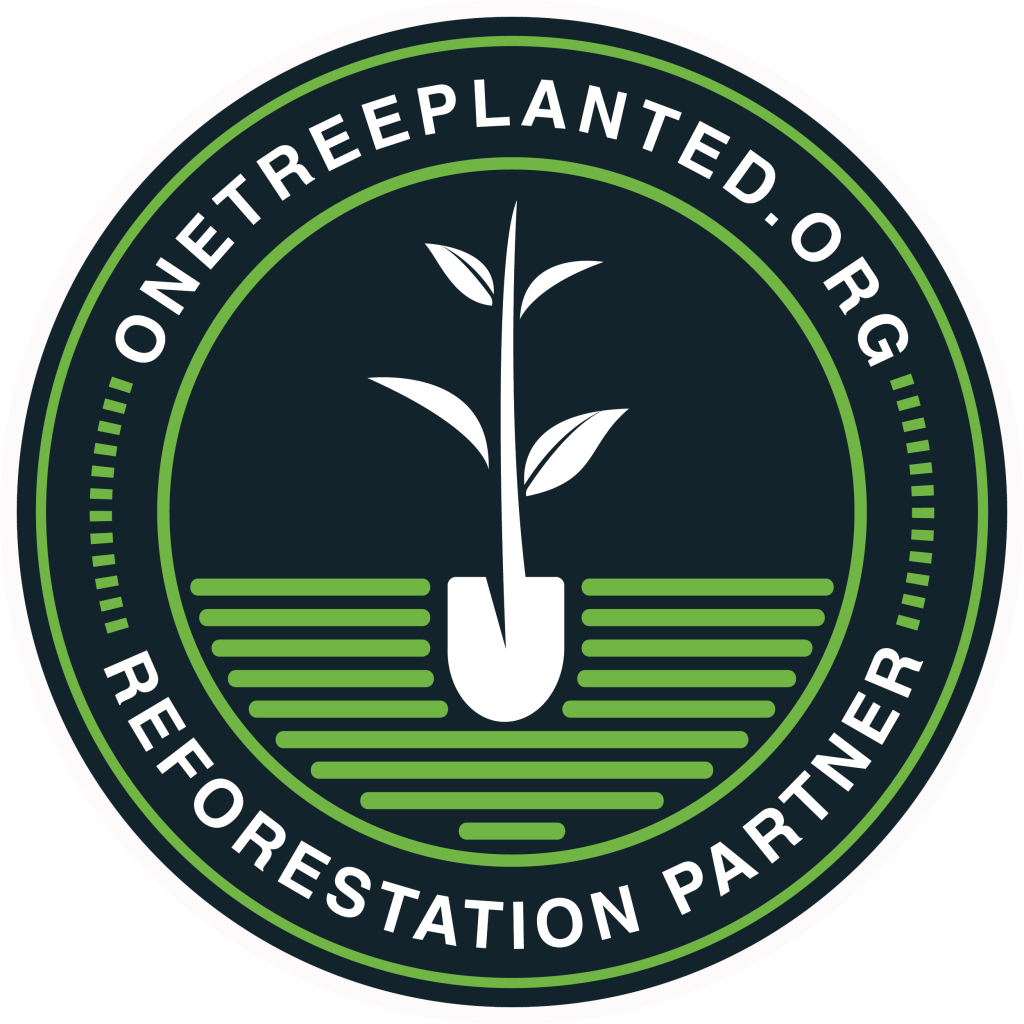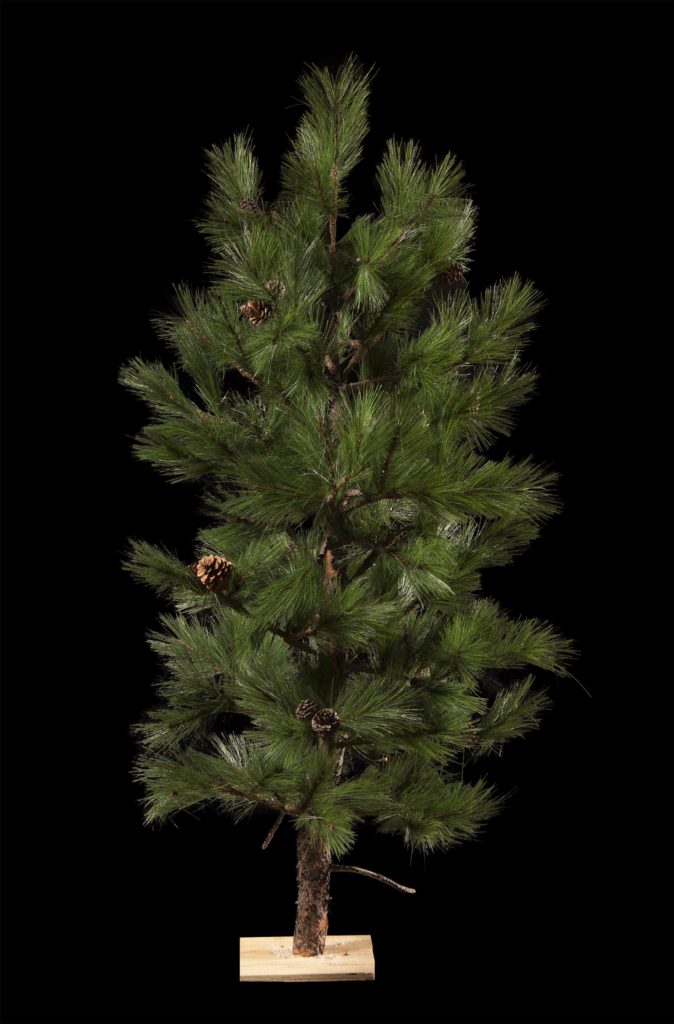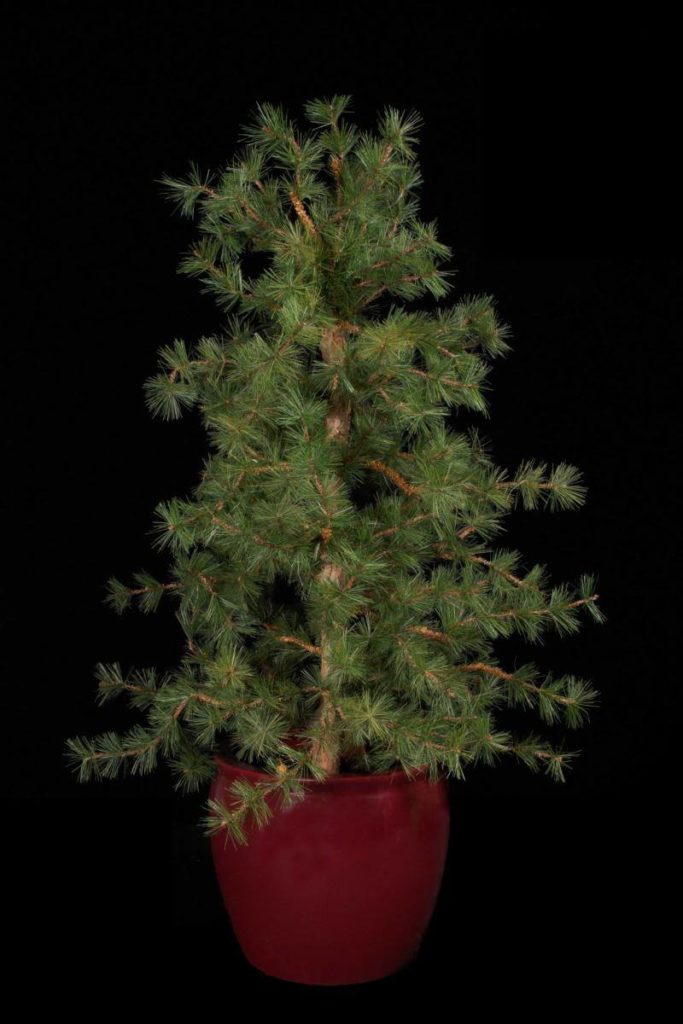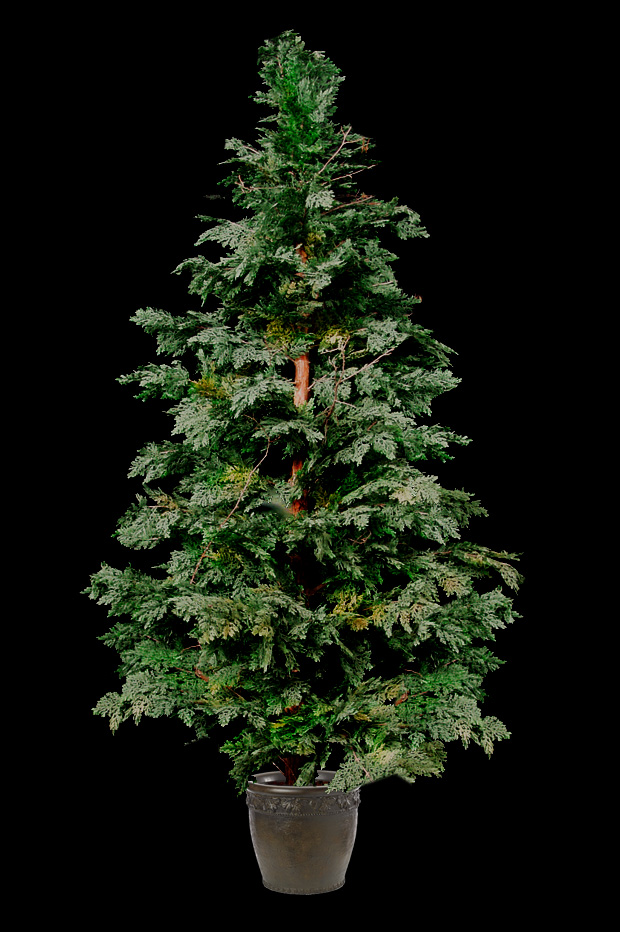Real Vs Artificial Christmas Trees
In this article series we’ve discussed the environmental drawbacks of city trees, artificial trees and water conservation efforts, and regulated plants and trees. There’s another area where the real versus artificial debate comes up a lot – Christmas trees.
The logical assumption is that cutting down a live tree has to be better for the environment than purchasing an artificial Christmas tree. This is largely true, but there are some surprising factors that can change the expected outcome.
The most environmentally friendly options are living trees that are harvested from tree farms and replanted after the holidays. This method still uses many resources and can have a negative environmental impact, though.
We don’t usually consider the gas we use to drive to and from a Christmas tree farm, or what is required to grow and sustain the trees, or the bundling/packaging materials utilized in transporting the tree. These things, however, all contribute to the overall eco footprint of a live Christmas tree.
The next best choice is a live tree – from a farm – that is disposed of in an ecologically responsible way. Most cities offer tree recycling programs, which grind down trees into wood chips that can be used for mulch, insulation, and soil erosion barriers. Trees can also be placed in backyards and private ponds to return nutrients to the earth and provide habitats and feeding areas for wildlife. DIY types can even use their Christmas tree trunk and foliage for making furniture, crafts, and decor!
Burning trees, or disposing of them in landfills, is not recommended. Burning a tree returns its carbon content to the air as carbon dioxide. When added to landfills, trees decompose and return to the environment as methane. Both of these end results can completely negate any ecological benefits from utilizing real trees versus fake ones.
There are even situations where artificial trees are the more environmentally friendly choice. It all comes down to the lifespan of the tree.
In 2018, the American Christmas Tree Association (ACTA) did a comprehensive study titled “Life Cycle Assessment: Comparative LCA of the Environmental Impacts of Real Christmas and Artificial Christmas Trees”. They found that 4.7 years is the crucial timeframe:
“Given the quantification of environmental impacts across both of the trees’ life cycles, a comparative assertion shows the breakeven point between the two trees is 4.7 years.
That is to say, an artificial tree purchased and used for at least 4.7 years demonstrates a lower contribution to environmental impact than 4.7 real Christmas trees purchased over 4.7 years.
This assertion considers all end of life scenarios for the real Christmas tree, and assumes that a customer of an artificial tree would purchase the tree and keep it for 5 or more years.
The breakeven point can change based on the environmental metrics and end-of-life scenarios, but considering the most conservative calculations, purchasing an artificial tree and keeping it for 4.7 years is less environmentally impactful than purchasing the equivalent amount of real Christmas trees.”
To summarize, here’s how the real vs. artificial Christmas tree options rank in terms of eco-friendliness:
- Live tree from Christmas tree farm, repotted and kept alive all year
- Artificial Christmas tree kept and used at least five years
- New tree from a Christmas tree farm every year, recycled or placed outdoors afterwards
- Wild tree cut from forest, recycled or placed outdoors afterwards
- New tree from a Christmas tree farm every year, disposed of in landfill or bonfire
Cutting down trees from forest areas is not recommended, due to extreme deforestation worldwide. It’s not a concern in many areas, but the Earth needs as many living planted trees as possible.
TreeScapes & PlantWorks are commited to helping the environment, one tree at a time. That’s why we will donate to have at least one tree planted for every fabricated, replica, or preserved tree we sell!
We’ve partnered with the charitable organization One Tree Planted to do our part for the planet. Visit their website to see how you can help with their reforestation efforts too.



Artificial Pine Tree 
Replica Scotch Pine Tree 
Replica Rocky Mountain Pine Tree 
Replica Cedar Tree
